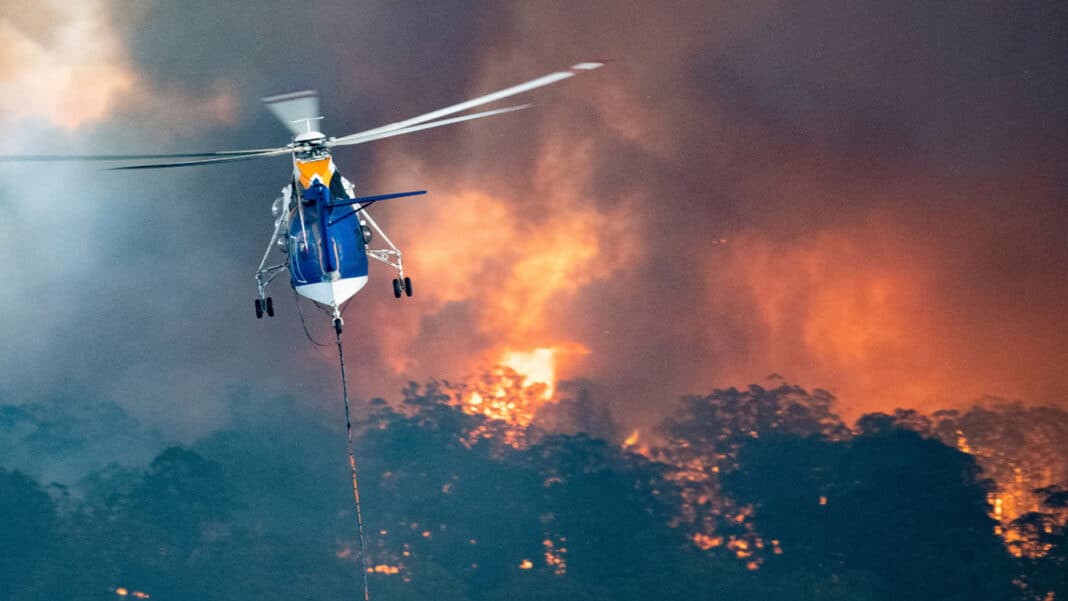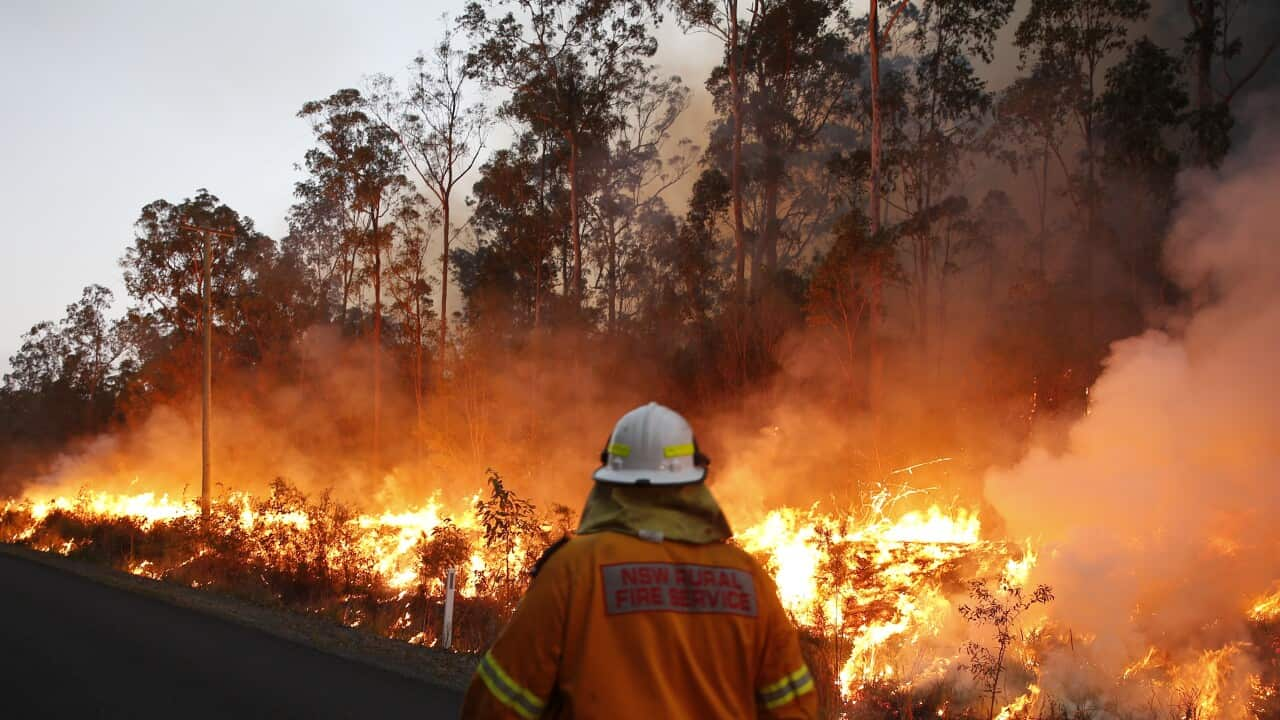Opening the Tricks of Bushfire Risk Analysis: The Role of a BAL Report
Opening the Tricks of Bushfire Risk Analysis: The Role of a BAL Report
Blog Article
How BAL Record Impacts Bush Fire Protection Measures
In the realm of bush fire security, the Structure Strike Level (BAL) report stands as an important device that significantly influences the safety and resilience of residential or commercial properties in fire-prone areas - BAL Report. The impact of a BAL evaluation prolongs far past plain documents; it serves as the foundation for establishing the proper building and construction criteria and fire defense procedures necessary to mitigate the risks presented by bushfires. As areas come to grips with progressively extreme fire seasons, comprehending how the BAL record forms these protective steps comes to be vital for property owners, building contractors, and policymakers alike
Comprehending the Bushfire Strike Level

Value of BAL Record Evaluation

Additionally, the BAL report analysis functions as a fundamental action in following legal obligations and demands connected to bushfire defense. Local councils and authorities often mandate the submission of a BAL report as component of the preparation and structure authorization process to make sure that residential or commercial properties are appropriately secured versus bushfire risks. Falling short to conduct a comprehensive BAL report assessment can lead to inadequate security procedures, leaving residential properties prone to ravaging bushfire occurrences.
Construction Requirements Based on BAL
A detailed understanding of the Bushfire Strike Level (BAL) enables property proprietors to carry out building and construction criteria customized to their certain threat account. Building and construction criteria based on BAL are crucial in reducing the effect of bushfires on residential properties. The BAL score categorizes the potential risk a home faces during a bushfire on a scale from BAL-Low to BAL-FZ (Fire Area)
Carrying Out Fire Defense Steps
With the structure of building and construction requirements based upon Bushfire Assault Level (BAL) in place, the emphasis now changes towards the useful execution of fire security procedures to fortify residential properties against bushfire threats. Carrying out fire protection procedures entails a mix of passive and active approaches to improve the resilience of structures in bushfire-prone areas. Passive procedures include using fire-resistant building products, installing ember guards on vents, securing voids in roof coverings and wall surfaces, and preserving a clear space around the building totally free from flammable vegetation. Active actions encompass having firefighting equipment easily available, such as tubes and water pumps, along with developing a defendable space around the home by getting rid of vegetation and having a well-kept yard. Additionally, developing an emptying plan and guaranteeing all citizens recognize emergency procedures are critical parts of reliable fire defense actions. By integrating both passive and active techniques, residential reference properties can dramatically lower their vulnerability to bushfire occurrences and increase the security of residents.
Shielding Houses Against Bushfires
Successfully guarding homes versus the damaging effects of bushfires requires a aggressive and detailed strategy to fire protection steps. House owners residing in bushfire-prone locations should prioritize the implementation of numerous techniques to enhance their home's resilience versus wildfires. One fundamental facet is developing a defensible area around the home by maintaining a clear area without flammable materials. This consists of regularly trimming greenery, eliminating dead plants, and guaranteeing a secure range between trees and frameworks. Installing fire-resistant roof covering her latest blog products can additionally dramatically reduce the danger of cinder attacks and direct fire call. In addition, sealing vents and spaces to stop ember intrusion, along with incorporating fireproof doors and home windows, can assist fortify the home's protection versus bushfires. Spending in a reliable water source, such as a well-maintained lawn sprinkler system or a specialized water storage tank, is important for providing water during fire emergencies - BAL Report. By welcoming a proactive stance and integrating these protective measures, homeowners can substantially enhance their opportunities of protecting their homes against bushfires.
Verdict
In conclusion, the Bushfire Attack Level (BAL) report plays an important function in identifying the necessary defense steps against bushfires. By analyzing the BAL, construction requirements can be tailored to alleviate the risks and make certain the safety and security of homes in fire-prone locations. Carrying out fire protection measures based on the BAL record is necessary in protecting properties from possible bushfire hazards. It is important for homeowners to prioritize BAL assessments and adhere to suggested building and construction criteria to boost bushfire resilience.
In assessing bushfire danger to residential or commercial properties, understanding the Bushfire Strike Degree (BAL) is a critical component for implementing efficient defense steps. Generally, a clear understanding of the Bushfire Strike Degree is crucial for executing sufficient security measures and reducing the impact of bushfires on residential properties.

Report this page